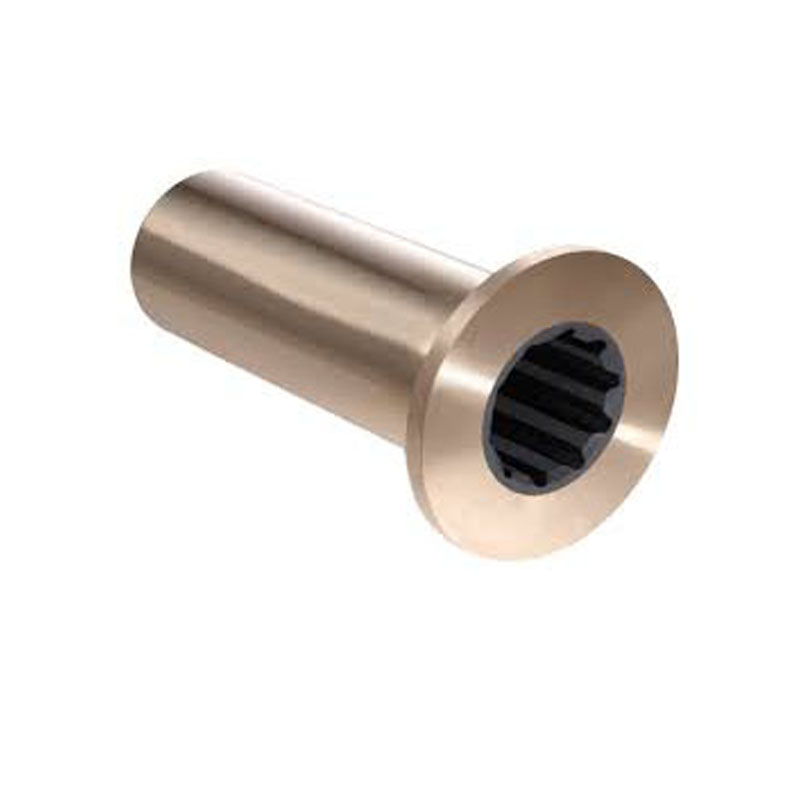seal between transfer case and transmission
Understanding the Seal Between the Transfer Case and Transmission
In automotive engineering, the connection between various components is crucial for ensuring efficiency and proper functioning of the vehicle. One of the key connections in many four-wheel drive and all-wheel drive vehicles is the seal between the transfer case and the transmission. This seal plays a vital role in the performance and longevity of the drivetrain system, so it is essential to understand its function, types, potential issues, and maintenance practices.
The Role of the Seal
The transfer case is an essential component that transmits power from the transmission to the front and rear axles. It allows for the distribution of power to all four wheels, which is particularly important in off-road and adverse driving conditions. The seal between the transfer case and the transmission ensures that this power transfer occurs smoothly and efficiently.
Primarily, the seal prevents the leakage of transmission fluid, maintaining the necessary lubrication for both the transmission and the transfer case. Proper lubrication is crucial to minimize friction, prevent overheating, and ensure the longevity of the components. Any failure in this seal could lead to significant performance issues, expensive repairs, and potentially hazardous driving conditions.
Types of Seals
There are several types of seals used to connect the transfer case and transmission. The most common type is a rubber or silicone O-ring, which creates a watertight and airtight barrier. Some systems may employ lip seals, which work similarly to O-rings but offer different benefits in terms of flexibility and durability.
Metallic seals are also used in some high-performance or heavy-duty applications. These seals are designed to withstand extreme conditions and pressures. The choice of seal depends on the specific design of the vehicle and its intended use, weighing factors such as temperature ranges, chemical exposure, and the potential for wear and tear.
seal between transfer case and transmission

Common Issues
Over time, seals can degrade due to heat, pressure, and exposure to various chemicals. One of the most common issues associated with the seal between the transfer case and transmission is fluid leakage. A visible sign of this problem might be fluid spots under the vehicle, often indicating that the seal has worn out or cracked. Insufficient levels of transmission fluid can lead to severe consequences, including transmission failure or damage to the transfer case.
Another issue is improper installation. If the seal is not installed correctly, it may not create a proper barrier, leading to leaks and allowing contaminants to enter the system. Additionally, misalignment of the transfer case or transmission during installation can put undue stress on the seal, leading to premature failure.
Maintenance and Replacement
Regular maintenance is crucial to ensure the longevity of the seal between the transfer case and transmission. It is always a good practice to check the fluid levels periodically and watch for any signs of leakage. If any fluid is found beneath the vehicle, it warrants a closer inspection.
Replacing a worn or damaged seal is a relatively straightforward process but requires some technical knowledge. It typically involves draining the transmission fluid, removing the transfer case, and then replacing the seal before reassembling everything. Professional assistance is recommended if you lack experience in automotive repairs.
In conclusion, the seal between the transfer case and transmission is a small but vital component that plays a significant role in the overall performance and reliability of a vehicle's drivetrain. Understanding its purpose, common issues, and maintenance practices can help vehicle owners ensure their systems operate smoothly and efficiently. Investing time and resources into maintaining this connection can lead to a better driving experience and long-term savings in repair costs.
-
Understanding the Front Main Engine Seal: Purpose, Maintenance, and Installation
News Jul.29,2025
-
Understanding O-Rings and Seal Rings: Types, Applications, and Custom Solutions
News Jul.29,2025
-
Understanding Crankshaft Oil Seals: Rear Seals, Pulley Seals, and Their Role in Engine Integrity
News Jul.29,2025
-
The Importance of Front and Rear Crankshaft Seals in Engine Performance and Oil Management
News Jul.29,2025
-
Crank Oil Seals: Functions, Types, and Cost Considerations in Engine Maintenance
News Jul.29,2025
-
A Comprehensive Guide to O-Rings and Seals: Types, Materials, and Global Applications
News Jul.29,2025
-
Mastering Diesel and Performance Engine Maintenance: A Guide to Critical Oil Gaskets
News Jul.28,2025
Products categories















